Cabbage is a versatile and nutrient-packed vegetable that can be used in a wide range of dishes, from salads and slaws to stir-fries and soups. Here, we explore some of the best flavour combinations and ingredients that go well with cabbage to help you make the most of this humble ingredient.
Jump to:
What is Cabbage?
Cabbage is a leafy vegetable that has been a staple ingredient in many cuisines around the world for centuries. It’s a cruciferous vegetable from the Brassica family, including other popular vegetables like broccoli, cauliflower, and Brussels sprouts, so you know it’s gotta be good for you!
Cabbage is widely available throughout the year and comes in different varieties, including green, red, and savoy.
Cabbage is a nutritional powerhouse packed with vitamins, minerals, and fibre. It is an excellent source of vitamin C, K, and B6, as well as folate, calcium, and potassium, which means it’s ideal for keeping your immune system strong and your digestion regular. Cabbage also contains antioxidants that help protect the body against harmful free radicals.
Types of Cabbage
Cabbage is a leafy vegetable with different varieties, each with a unique flavour and culinary use.
Green cabbage: Green cabbage is the most common type, and it’s the one you’re most likely to see at the grocery store.
It has a slightly sweet taste and a crisp texture, making it an excellent option for coleslaw or stir-fry dishes. It’s also a popular ingredient in soups and stews, and it can be fermented to make sauerkraut.
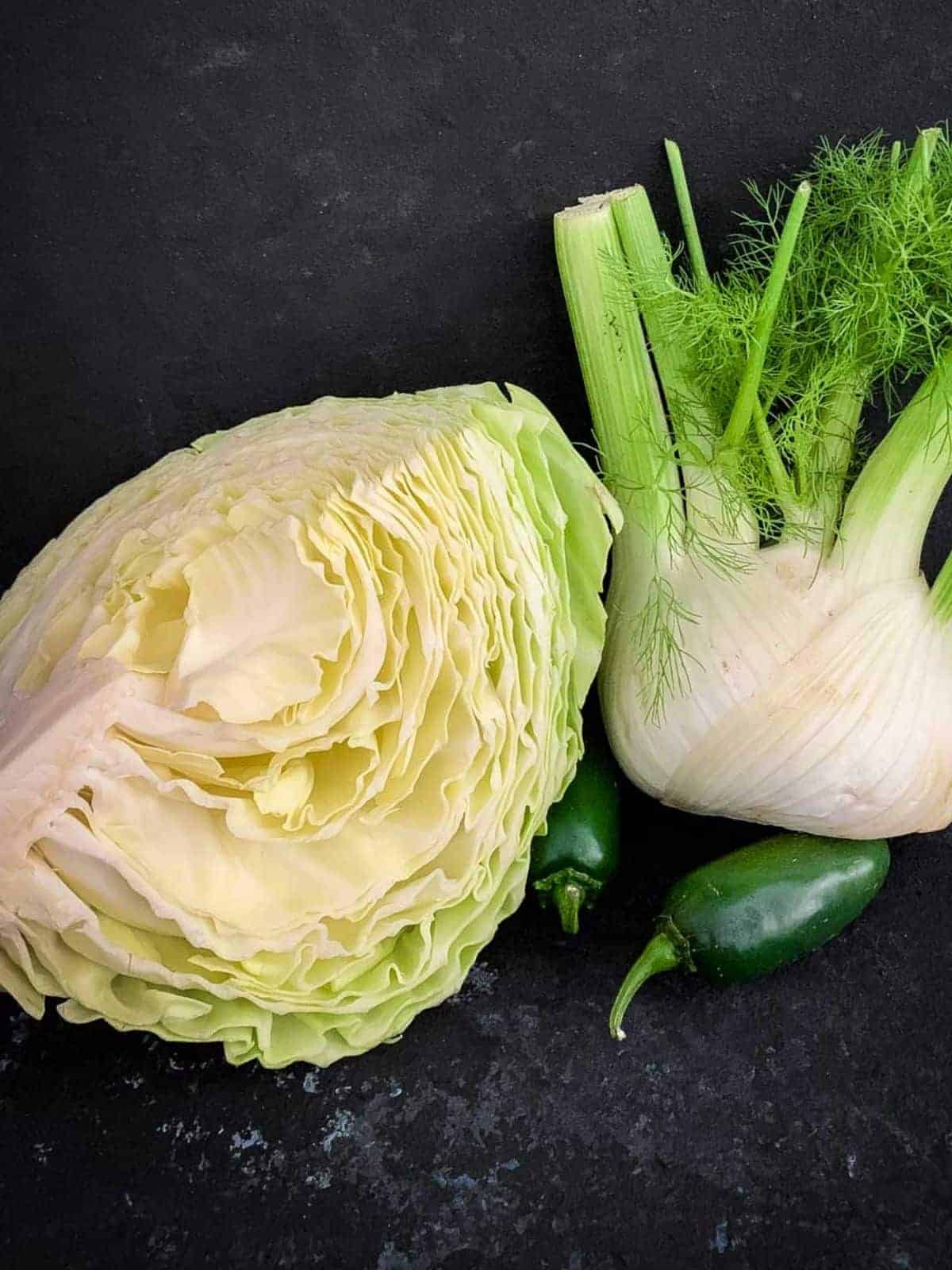
Red cabbage: Red cabbage is a bit more bitter than green cabbage, and it has a deep, rich colour that adds some vibrancy to your dishes.
It’s great for salads, especially when paired with a tangy dressing like in this vegan coleslaw. Red cabbage can also be braised or roasted to bring out its sweetness or pickled to create a crunchy side dish.
Savoy cabbage: Savoy cabbage has a delicate flavour and a crinkly texture that makes it ideal for stuffing. It’s often used in traditional dishes like stuffed cabbage rolls or as a wrap for meat or vegetable fillings.
Savoy cabbage can also be sautéed or stir-fried, and it’s a great addition to soups and stews.
Napa cabbage: Napa cabbage, also known as Chinese cabbage, has a milder flavour and a softer texture than other types of cabbage. It’s a key ingredient in many Asian dishes, including stir-fries and dumplings.
Napa cabbage can also be used as a lettuce substitute in salads like this crunchy noodle salad, or it can be fermented to create kimchi as a Korean side dish (banchan).
Bok choy: Bok choy is another type of Chinese cabbage that has a slightly sweet and peppery flavour. It’s often used in stir-fry dishes or added to soups and stews. Bok choy can also be grilled or roasted to create a delicious side dish.
What Does Cabbage Taste Like?
Flavour: Cabbage has a distinct, mild flavour with a slightly sweet undertone. However, some do find it a little bitter.
It generally has a fresh, clean taste that pairs well with a variety of flavours. The flavour of cabbage can be enhanced by using spices and seasonings like garlic, ginger, or vinegar, which can bring out its natural sweetness and add depth to a dish.
Texture: Cabbage is known for its crunchy leaves and firm texture. Raw cabbage can be sliced thin or shredded to add a satisfying crunch to salads and slaws, while cooked cabbage can become more tender and almost melt-in-your-mouth.
So whether you’re looking for a satisfying crunch or a more delicate texture, cabbage can provide both and everything in between.
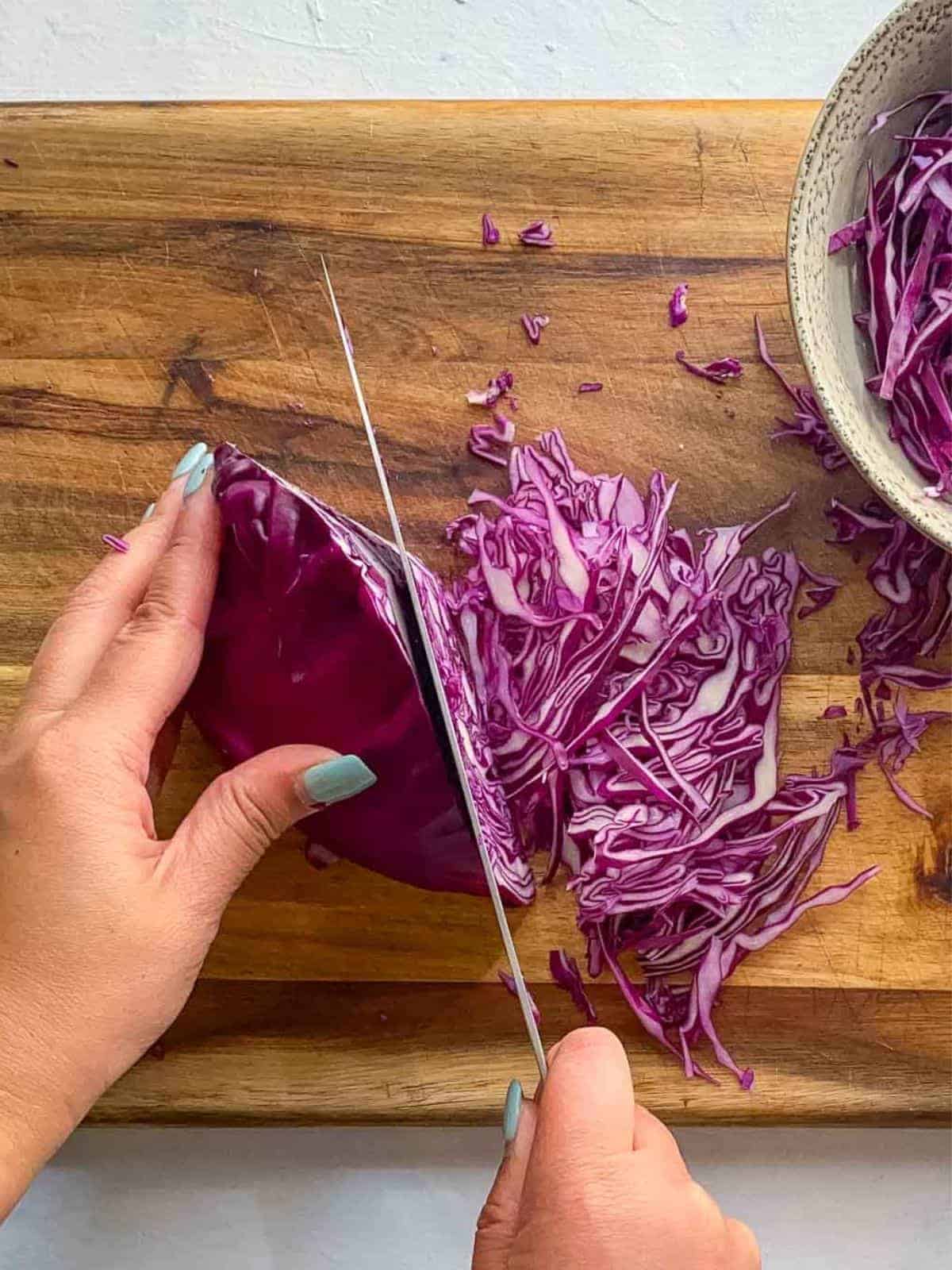
What Goes with Cabbage?
Fruit and Vegetables
Apple, bean sprouts, carrot, celery, cucumber, eggplant, fava bean, kale, kohlrabi, lettuce, pear, prawn, radish, turkey, watermelon.
Herbs, Nuts and Spices
Chervil, chestnut, coriander, mustard, parsley, Thai basil.
Protein and Other
Blue cheese, bulgur, chickpea, crab, curry, fish, tamari, wild rice.
How to Use Cabbage in Salads and Side Dishes?
Cabbage is a versatile and nutritious ingredient that can add both flavour and texture to any salad or side dish. Whether you prefer raw or cooked cabbage, plenty of techniques exist to incorporate this tasty vegetable.
One way to use cabbage in salads is to shred or slice it finely and mix it with other greens such as lettuce, spinach, or rocket, as well as other vegetables like carrots and capsicums, as you would see in a traditional coleslaw.
This technique works well with green and red cabbage, adding a refreshing crunch and slightly sweet flavour to your salads.
These salads are often dressed with a tangy vinaigrette or a creamy dressing.
Another way to use cabbage in salads is to grill or roast it. This technique works particularly well with thicker varieties of cabbage like Napa or savoy cabbage, as it can help to soften the leaves and bring out their natural sweetness.
To grill or roast cabbage, cut the head into thick wedges and brush with olive oil. Grill over medium-high heat or roast in the oven until the leaves are tender and slightly charred.
Once cooked, chop the cabbage into bite-sized pieces and mix it with other greens, vegetables, and your favourite dressing.
Another way to enjoy cabbage is to pickle it. Pickled cabbage, also known as sauerkraut, is a staple ingredient in many traditional German dishes. It is made by fermenting cabbage in a mixture of salt, water, and vinegar, which creates a tangy and slightly sour flavour.
Pickled cabbage can be used as a condiment or served as a side dish, and it is a great source of probiotics, which are beneficial for digestive health.
Finally, you can also use cabbage as a vessel for your salad ingredients by stuffing the leaves with other vegetables and proteins.
This technique works well with both green and red cabbage, and it can make for a beautiful and delicious presentation. To stuff cabbage leaves, blanch them in boiling water until they’re slightly softened.
Fill the leaves with your favourite salad ingredients like roasted vegetables, quinoa, chickpeas, or grilled chicken, and roll up tightly. Serve as a tasty and healthy appetiser or side dish.
With so many ways to prepare cabbage, pick up a head of cabbage next time you’re at the market and get creative in the kitchen!
Salads and Side Dishes with Cabbage
Wombok Salad Recipe with Red Cabbage and Apple
Super fresh Asian wombok salad packed with crunch and spicy tang. One of our favourite potluck or BBQ side dish, we adore the combination of wombok with red cabbage, apple, fresh herbs and homemade fried crispy noodles. A crowd pleaser for sure.
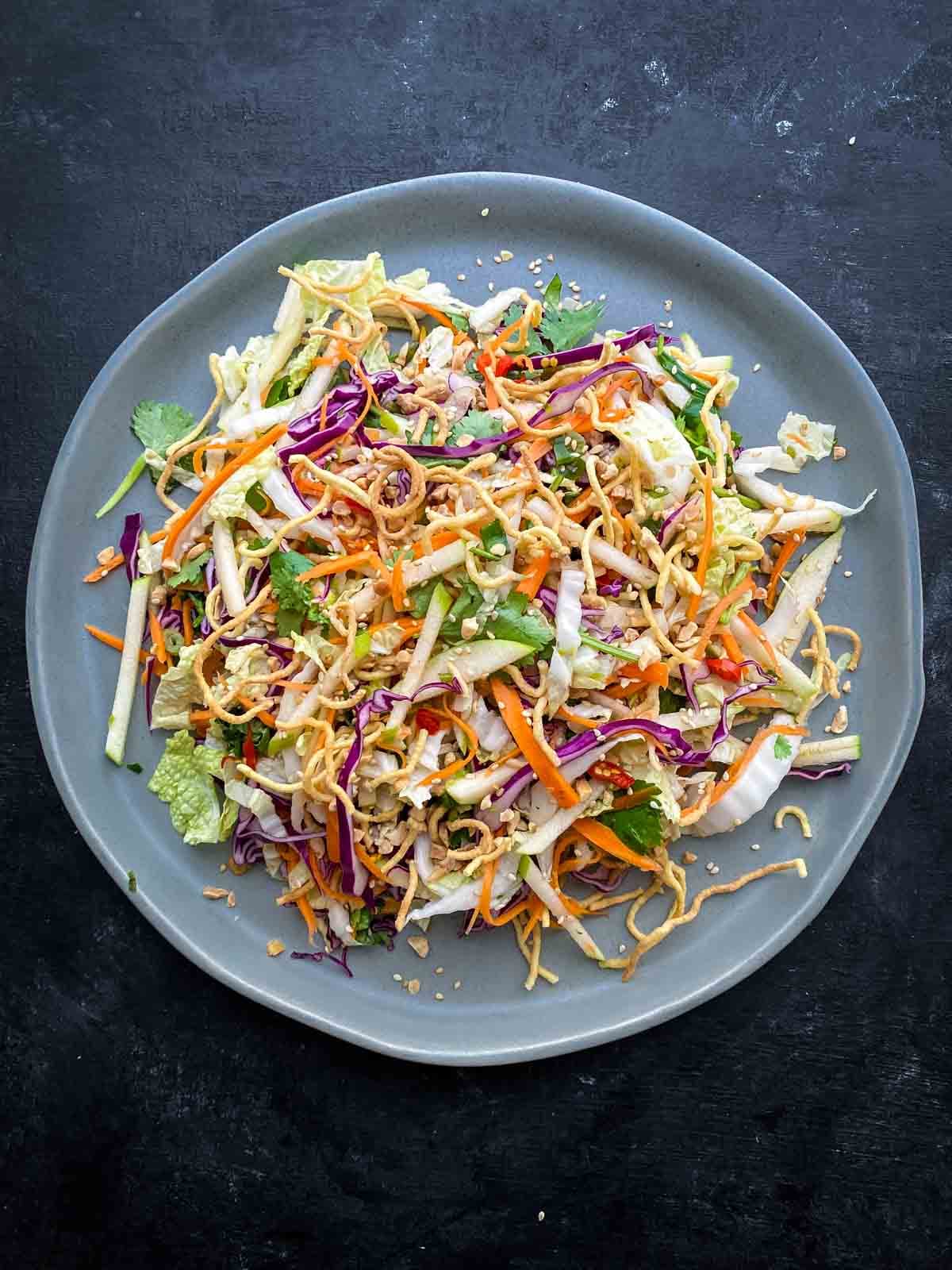
Tropical Mango Salad Recipe with Coconut
Colourful summer mango salad recipe that is bursting with fresh, vibrant tropical flavours. Effortless to put together, the combination of sweet mangoes and toasted coconut flakes with a tangy lime dressing is utterly delicious.
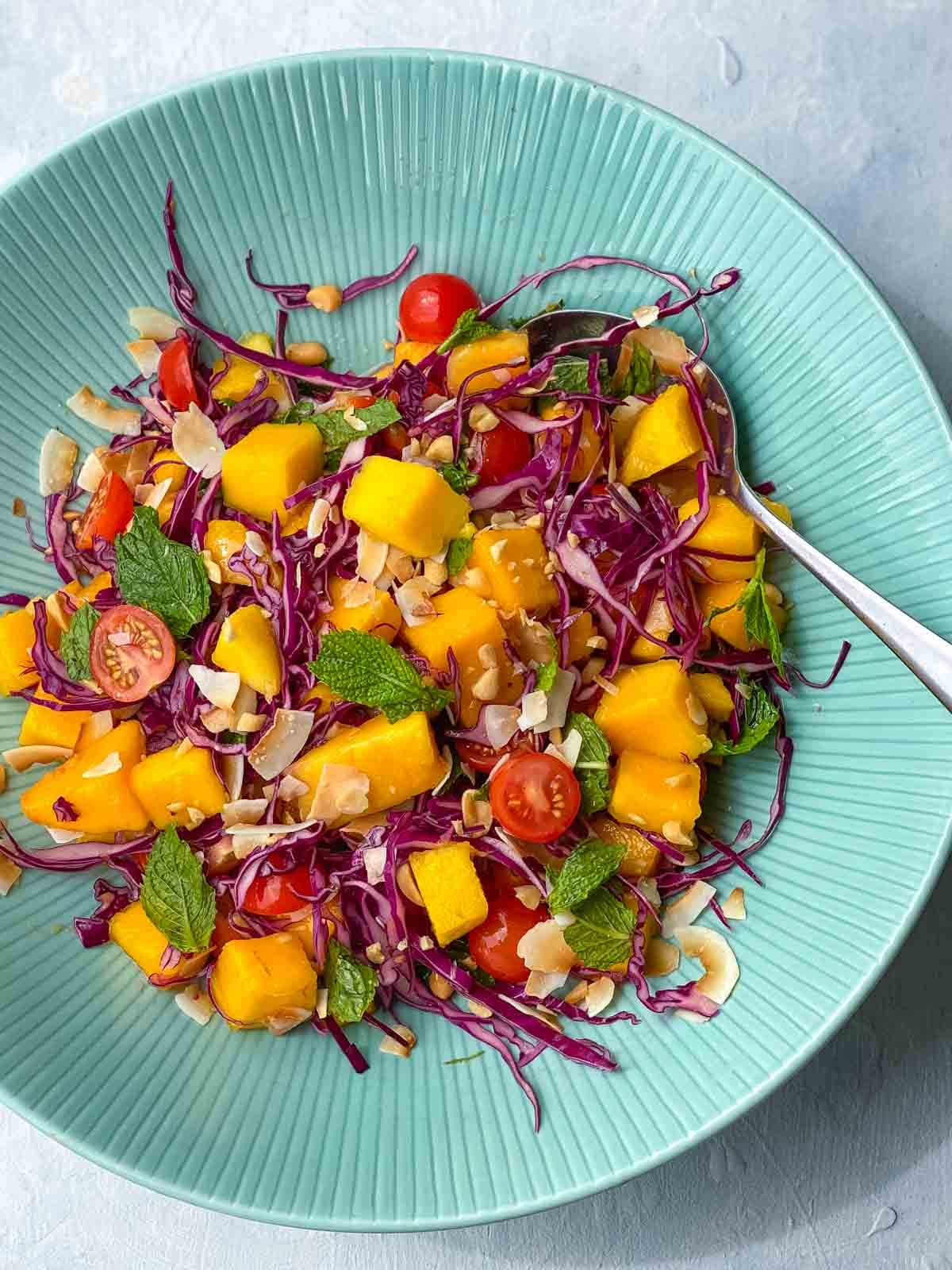
Crunchy Noodle Salad with Cabbage
10-minute recipe with a few simple ingredients, this crunchy noodle salad is unbelievably popular. The light, fresh shredded napa cabbage combined with crispy fried noodles and a lemon soy dressing is the perfect salad to feed a crowd.
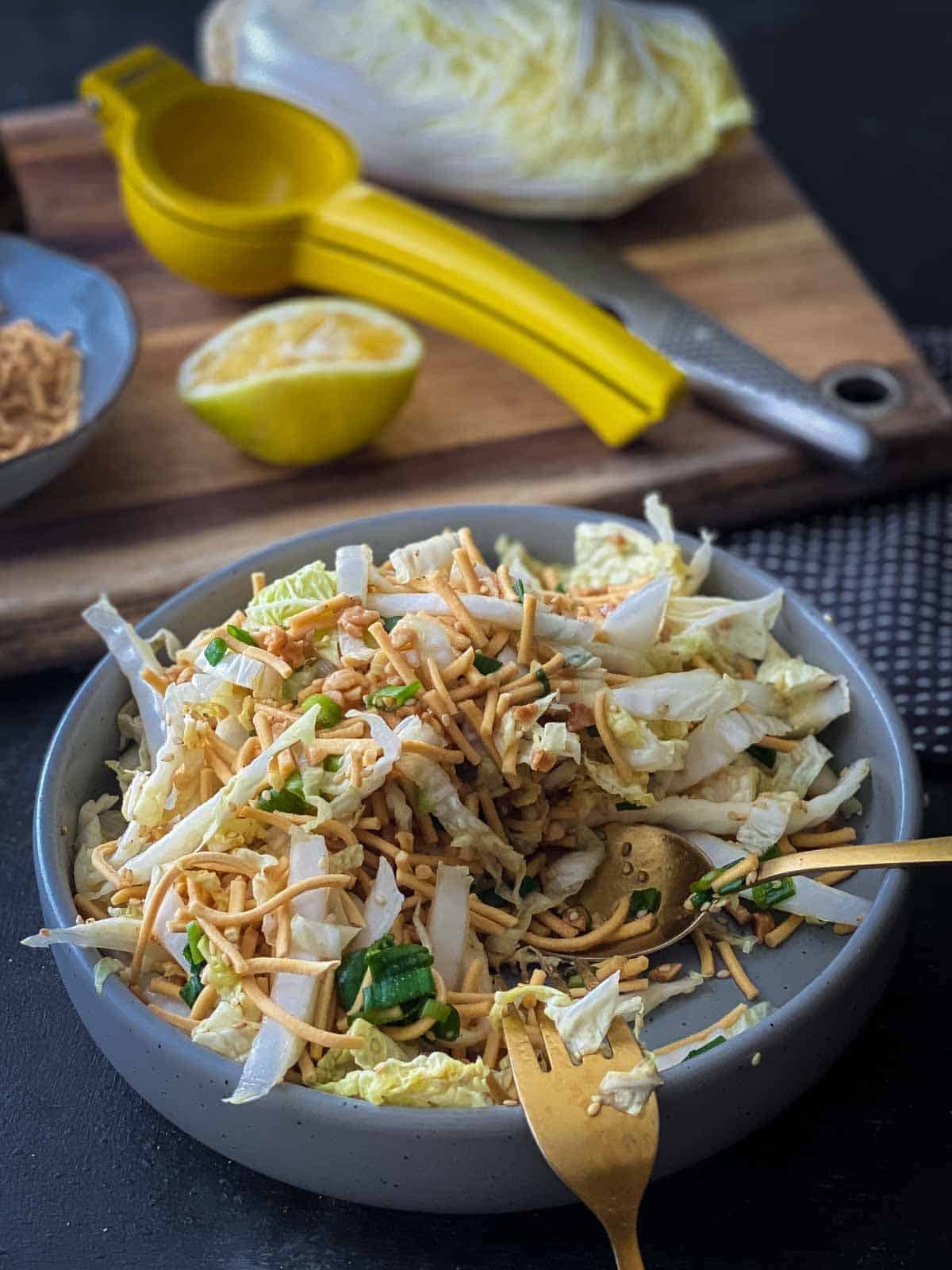
Frequently Asked Questions
To store a whole cabbage, wrap it tightly in cling wrap or a plastic bag, or place it in an airtight container before storing it in the crisper drawer of your fridge. A properly stored whole cabbage can last 2-3 weeks in the fridge.
For cut cabbage, ensure the edges are dry before transferring it to an airtight container or resealable plastic bag.
Remove as much air as possible and seal tightly to prevent moisture from getting in. Cut cabbage can last up to a week in the fridge, but it’s best to use it as soon as possible.
Cooked cabbage should be stored in an airtight container in the fridge and consumed within 2-3 days.
Inspect the outer leaves of the cabbage for any discolouration, wilting, or spots. If the leaves are slimy, mushy, or have a foul smell, then the cabbage has gone bad and should be discarded.
You can also cut into the cabbage to check for any signs of spoilage, such as brown spots or an unpleasant odour. If the cabbage looks and smells fine, you can still give it a taste test to make sure it’s still fresh and crisp.
For cut cabbage, remove any darkened parts and check for other spoilage signs.
Start by removing damaged outer leaves and rinsing the cabbage under cold water. Next, cut the cabbage in half from top to bottom, and then cut each half in half again.
Remove the core by making a v-shaped cut, and then slice the cabbage thinly or chop it into smaller pieces, depending on your desired use.
You can also shred the cabbage by cutting it into thin strips. Take your time and use a sharp knife to ensure clean and even cuts.
More Ingredient Pairing Ideas
FEED YOUR FOMO! For more sides and salads, subscribe to our newsletter or follow us on Facebook, Instagram, Pinterest and YouTube to get our latest updates.
Disclaimer: This site contains affiliate links to products. We may receive a commission for purchases made through these links at no additional cost to you.






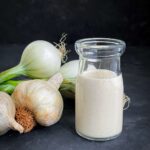






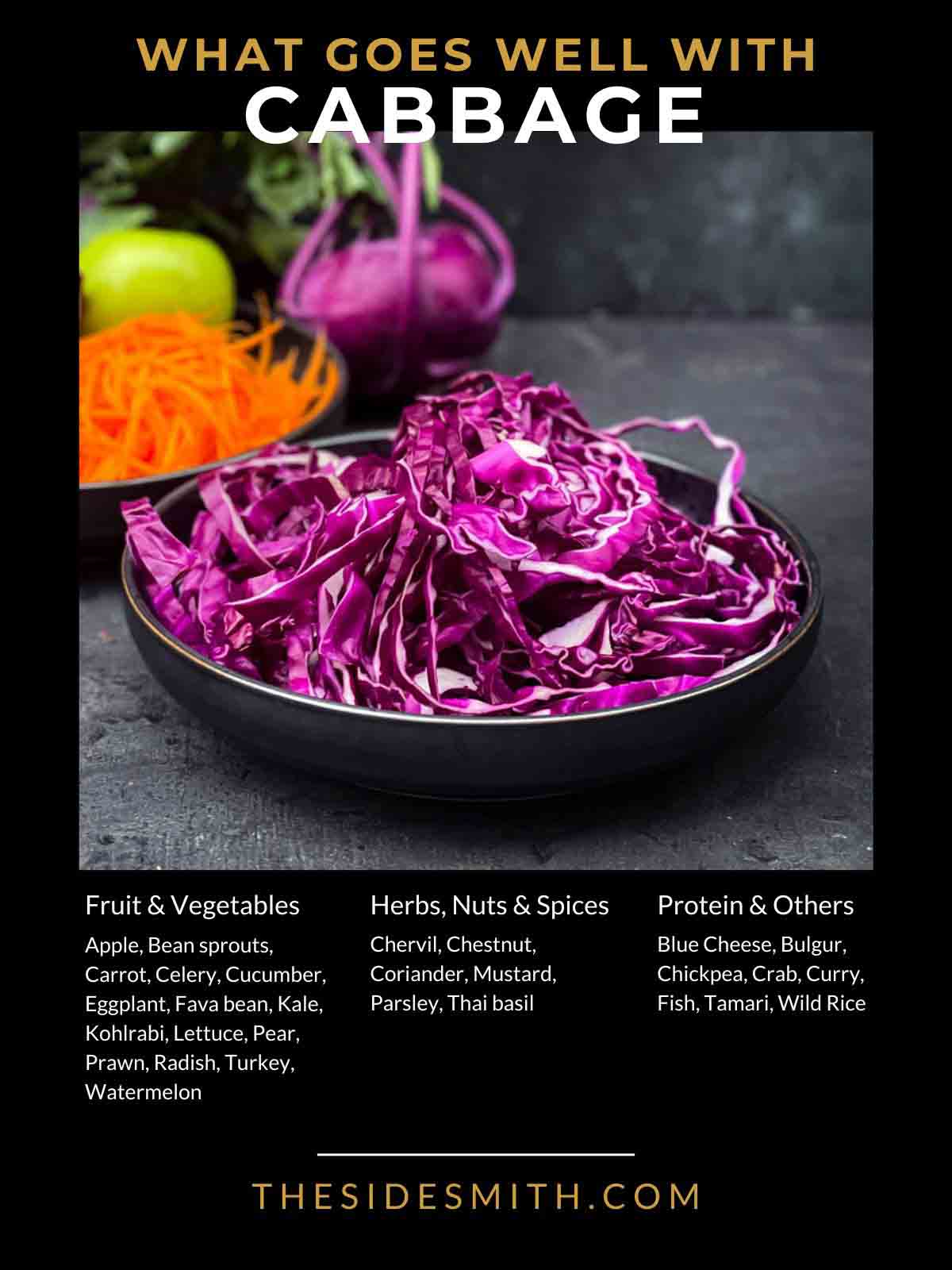
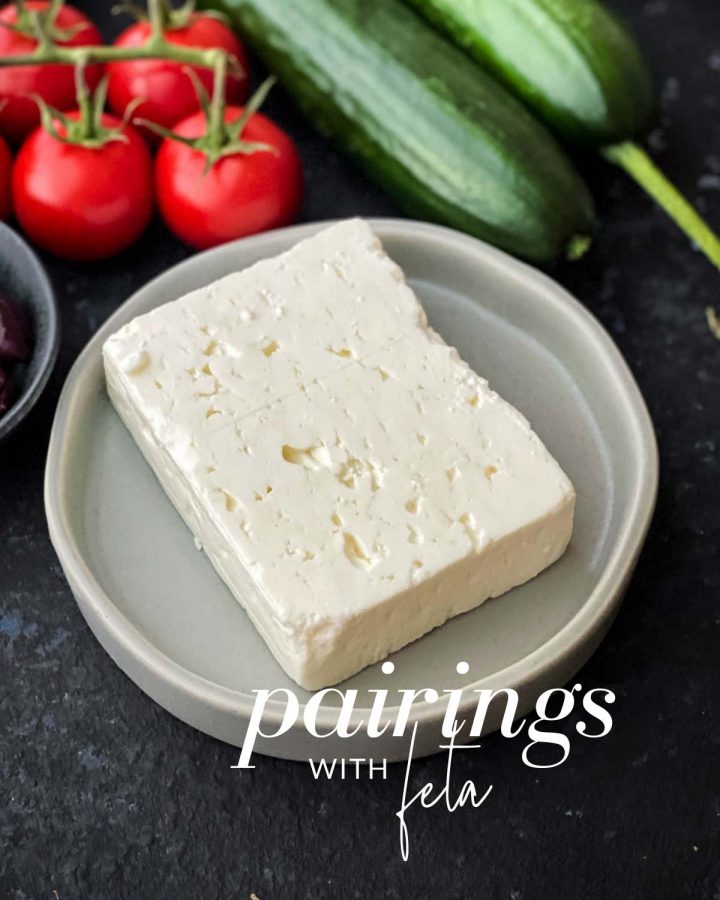
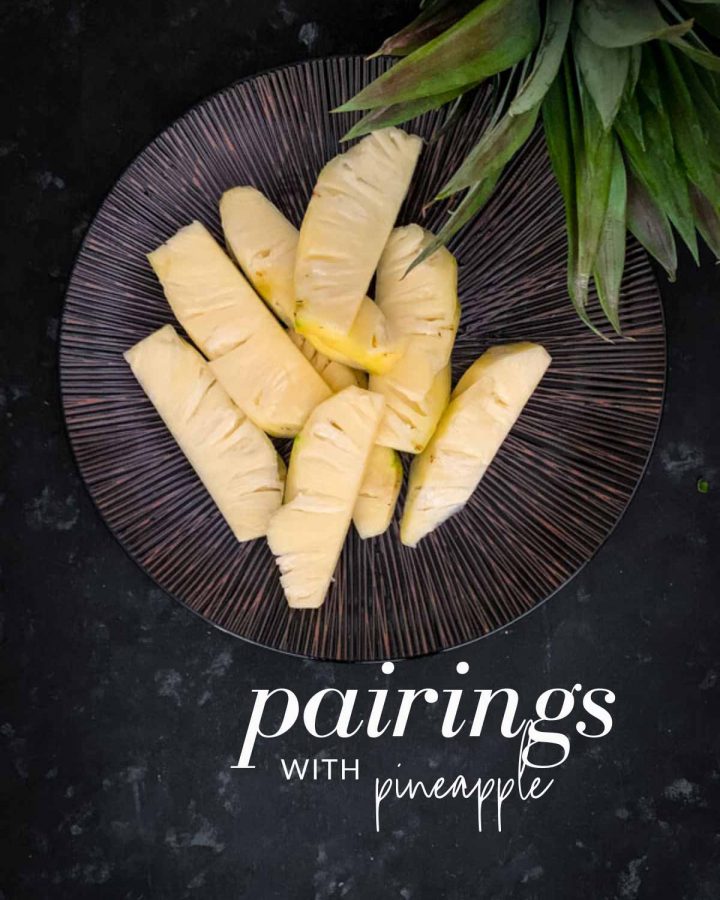
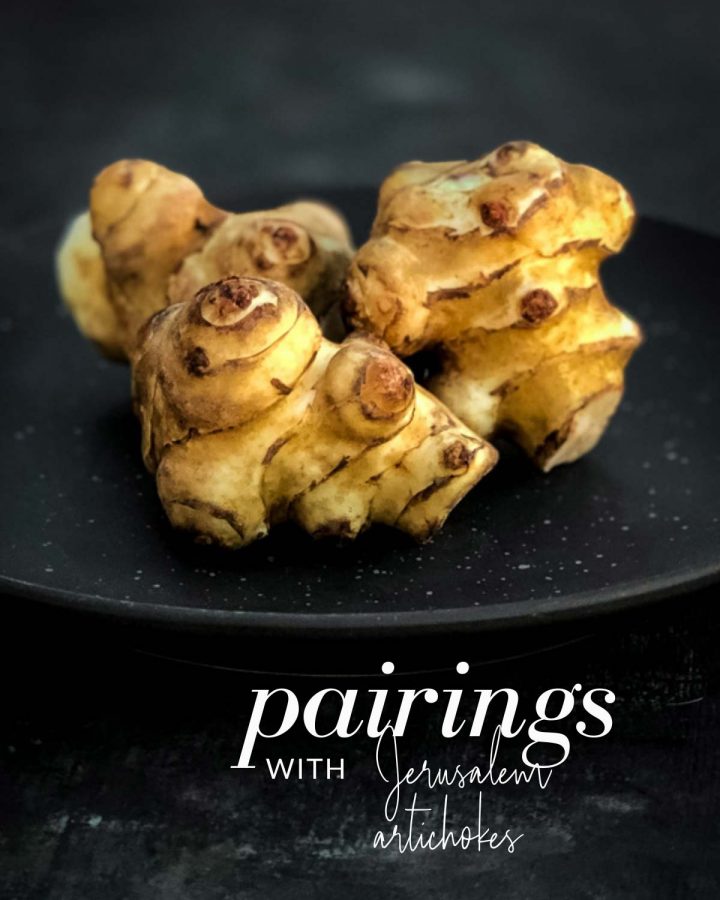
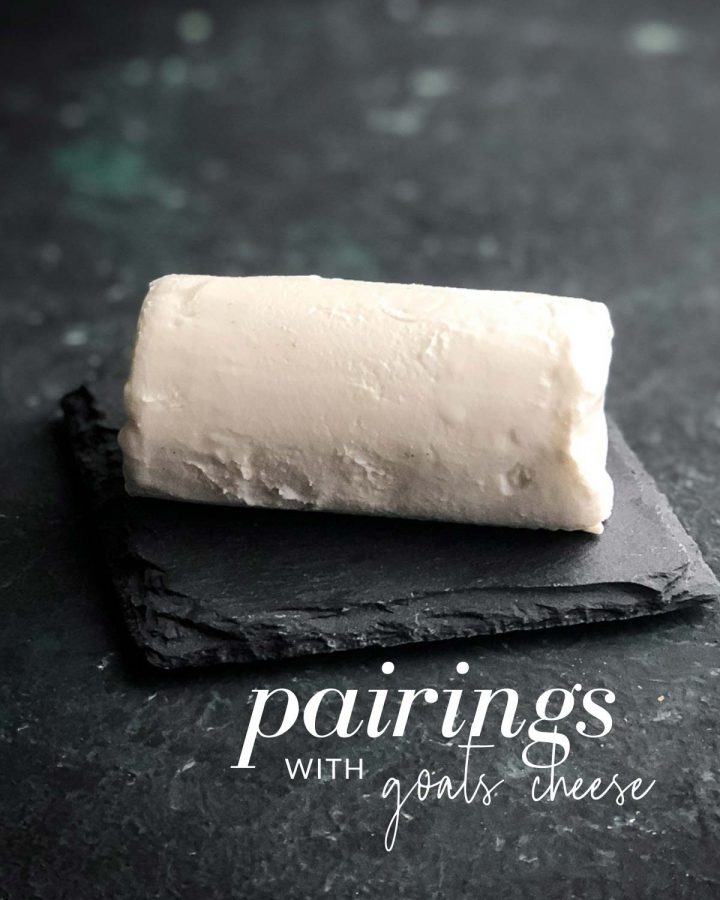

Leave a Review